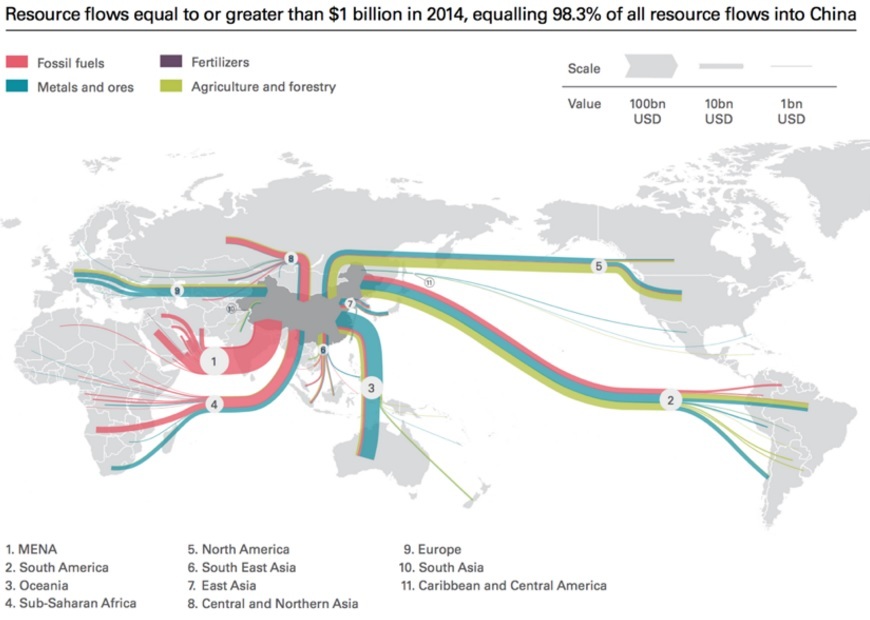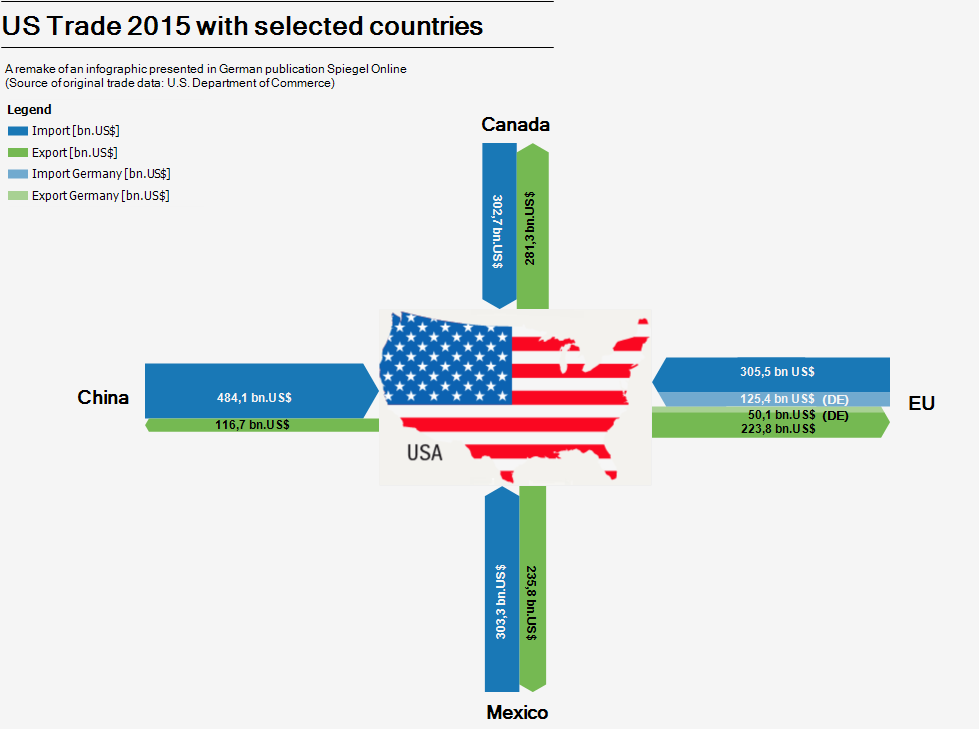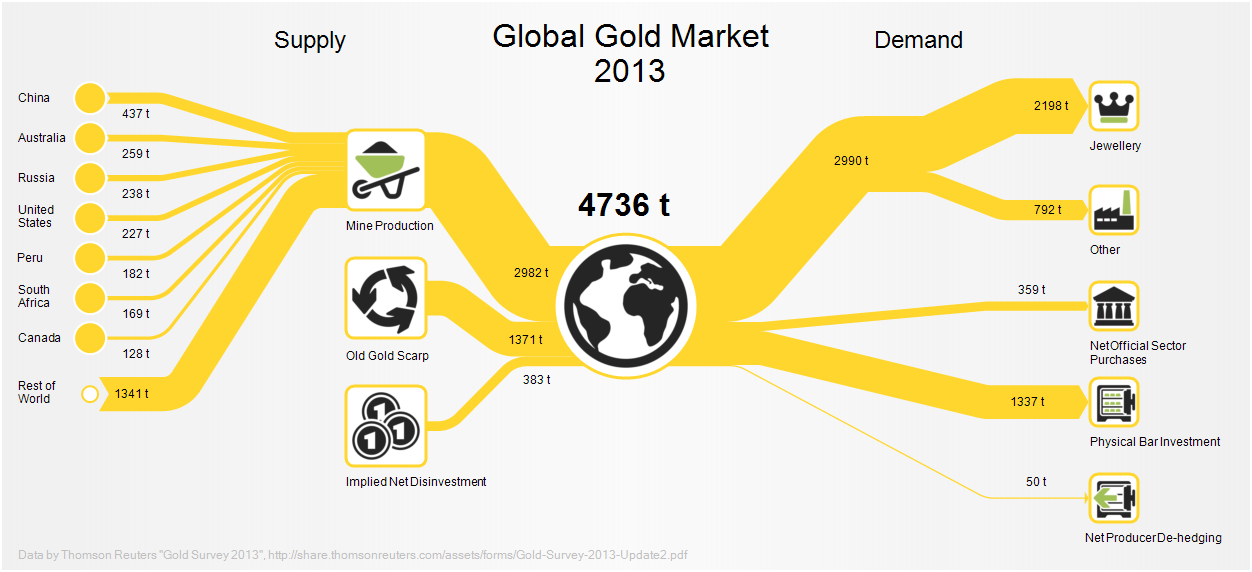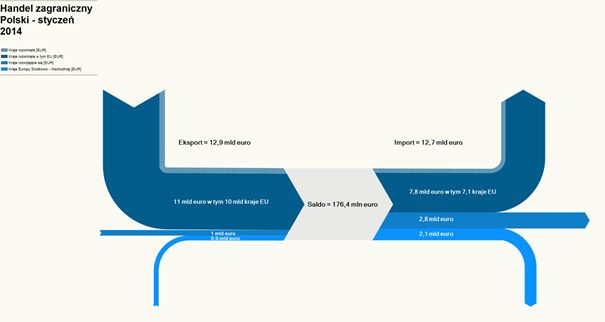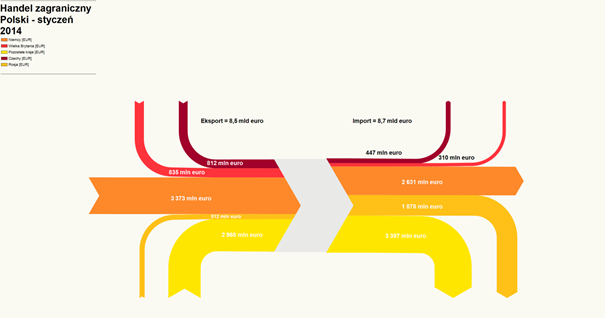MapProvision is an online service to present data as dynamic layers on an online map. They have now added an Sankey overlay feature.
This screengrab is a from a sample provided by them using World Trade Organization import and export data for 2017.
Here I have selected imports of machinery being imported to Mexico. Flows displayed are based on value of the goods in mio US$ per year. Hovering over the arrows reveals detailed data, a summary of imports for the selected category is shown when hovering over the bracket at the destination.
This comprehensive blog post has more details on how to adapt the Sankey overlay and the different options you have, including color settings and minimum width for Sankey arrows. It also contains an embedded example for fish import to Japan.
Nice work and fun to play around with. Doing Sankey diagrams on a map is particularly challenging in my opinion due to routing issues and because in many cases trade flows between neighbouring countries tend to be high volume, so that the shortest Sankey arrow paths are typically the widest ones (as is the case with the U.S. here).
